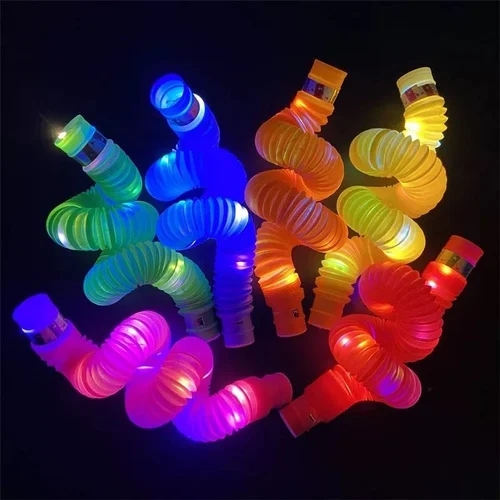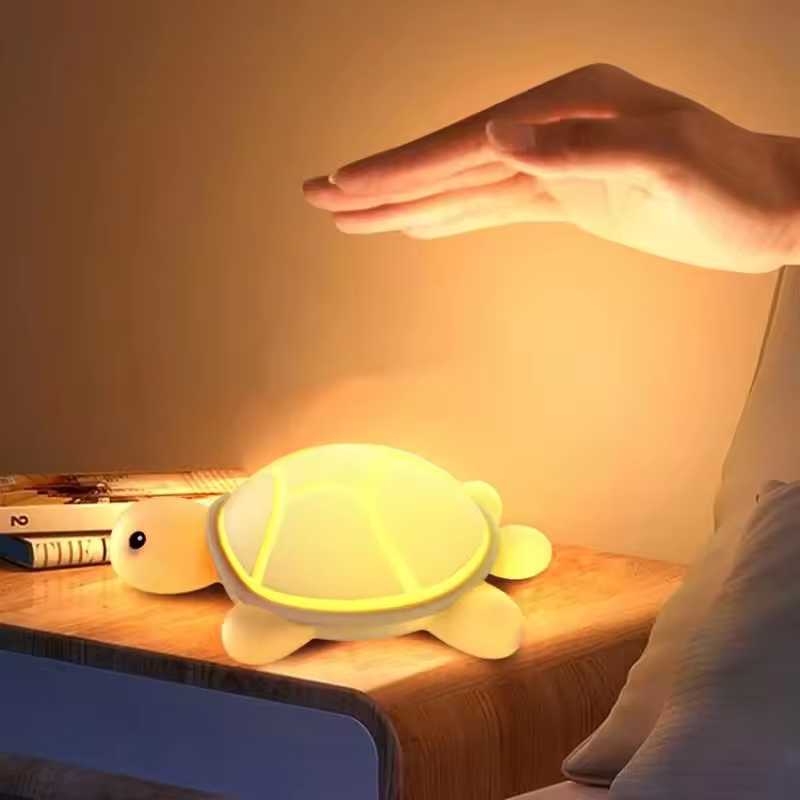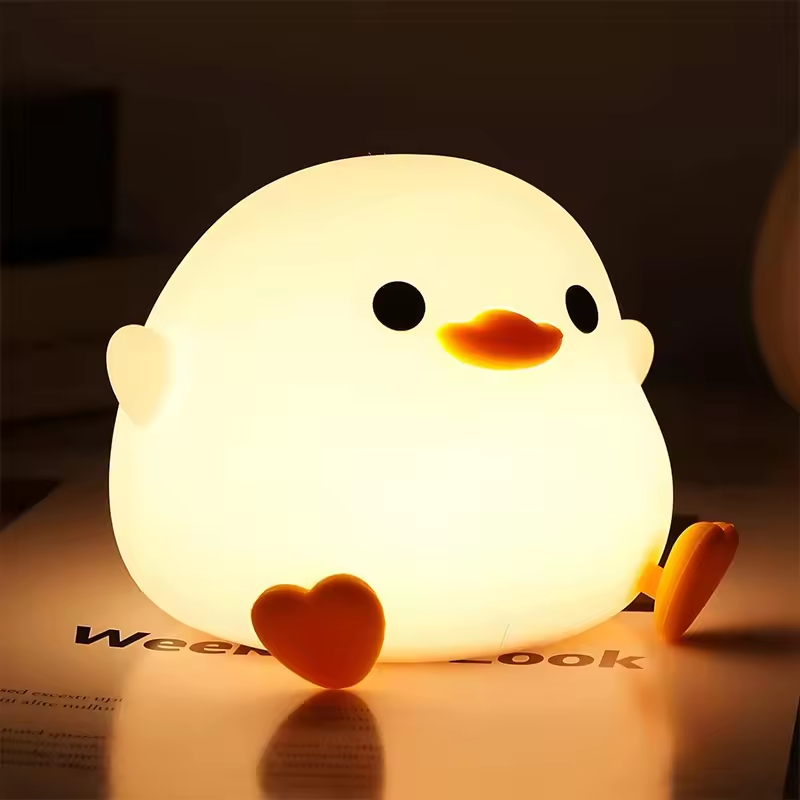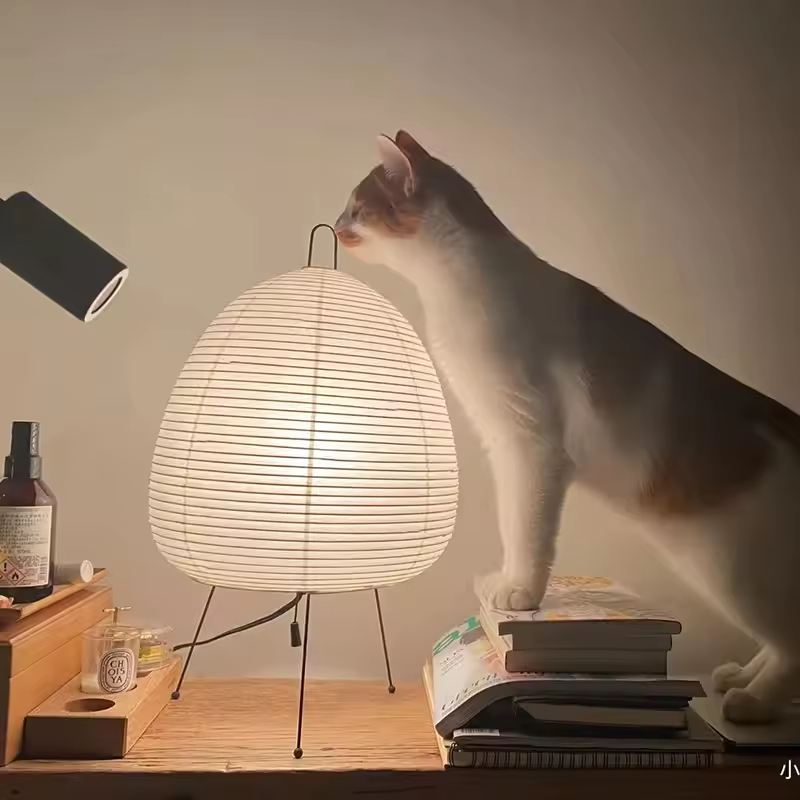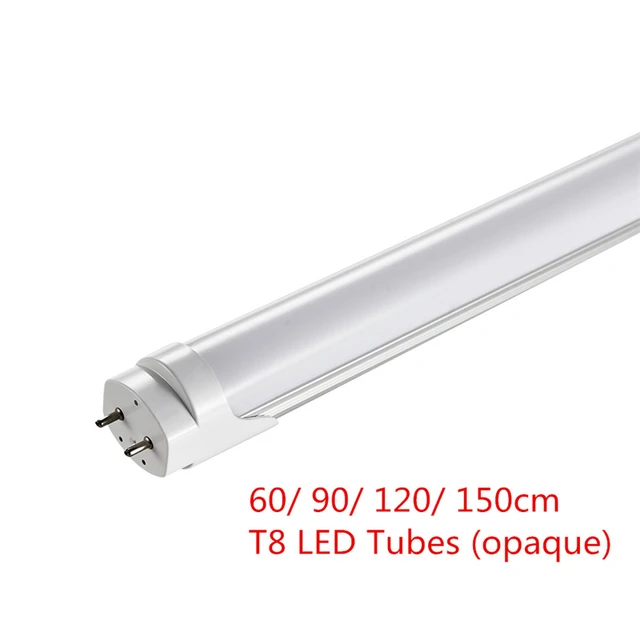 Introduction:
Introduction:
Fluorescent lights have long been a common choice for various lighting applications. However, with the advancement of technology, LED lights have emerged as a more efficient and eco-friendly alternative. If you still have fluorescent lights in your home or office, replacing them with LED lights can offer numerous benefits. In this comprehensive guide, we will explore the process of replacing fluorescent lights with LED lights. By understanding the advantages of LED lighting and following the step-by-step instructions, you can make a simple and effective transition to energy-efficient and long-lasting lighting.
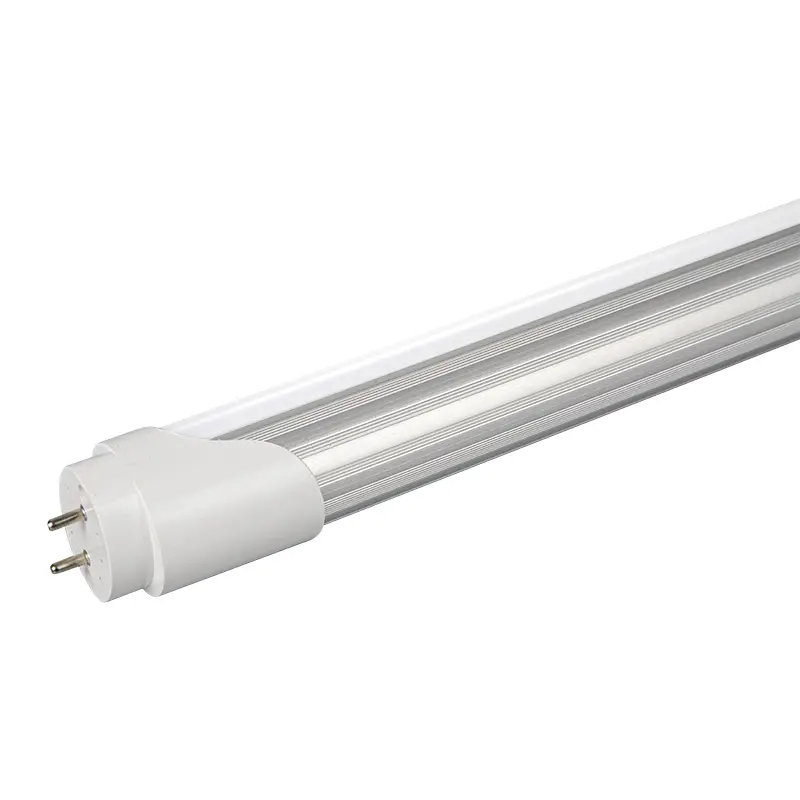 Introduction to LED Lights
Introduction to LED Lights
LED (Light Emitting Diode) lights are a type of solid-state lighting that utilizes semiconductors to emit light.
A. Energy Efficiency: LED lights are highly energy-efficient, consuming significantly less electricity compared to fluorescent lights.
B. Long Lifespan: LED lights have a much longer lifespan than fluorescent lights, reducing the need for frequent replacements.
C. Environmentally Friendly: LED lights do not contain hazardous materials like mercury, making them a safer and more eco-friendly lighting option.
Benefits of Replacing Fluorescent Lights with LED
Replacing fluorescent lights with LED lights offers several advantages.
A. Energy Savings: LED lights consume less energy, resulting in reduced electricity bills and long-term savings.
B. Longevity: LED lights have a longer lifespan, reducing maintenance and replacement costs.
C. Better Light Quality: LED lights produce high-quality, flicker-free illumination that is closer to natural daylight.
D. Instant and Directional Lighting: LED lights provide instant illumination without any warm-up period, and their directional nature allows for focused lighting where needed.
Assessing Existing Fluorescent Lights
Before replacing fluorescent lights, it is important to assess the current lighting setup.
A. Type of Fluorescent Lights: Determine if you have tube lights or compact fluorescent lights (CFLs) installed.
B. Lighting Fixtures: Identify the type and design of the existing fixtures to determine compatibility with LED replacements.
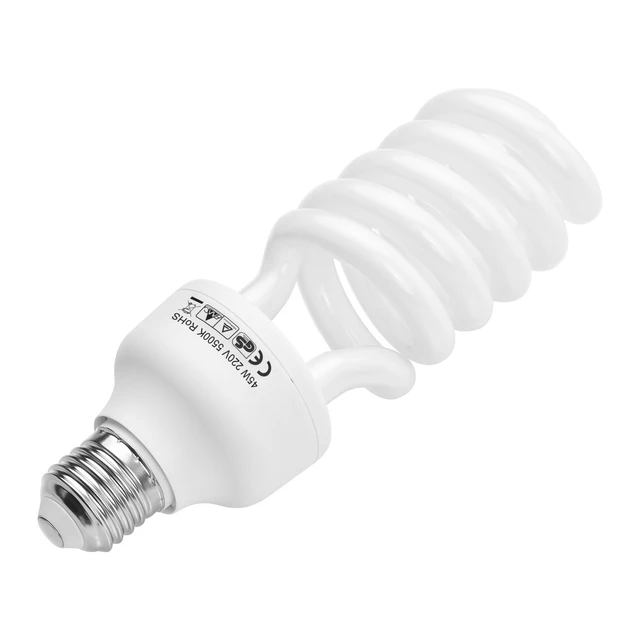 Choosing LED Replacements
Choosing LED Replacements
Selecting LED replacements that are compatible with existing fixtures is essential.
A. LED Tube Lights: Choose LED tube lights that are compatible with the existing fluorescent tube fixtures. Ensure they match the length and socket type.
B. LED Retrofit Kits: For CFLs and other non-tube fluorescent lights, consider LED retrofit kits that can replace the fluorescent bulbs while using the existing fixtures.
Preparing for the Replacement
Ensure you have the necessary tools and take appropriate safety precautions before replacing the fluorescent lights with LED lights.
A. Tools Required: Gather basic tools such as a screwdriver, wire cutters, wire connectors, and safety gloves.
B. Safety Precautions: Prior to any work, turn off the power to the lighting circuit to avoid electrical shocks. If unsure, consult a qualified electrician.
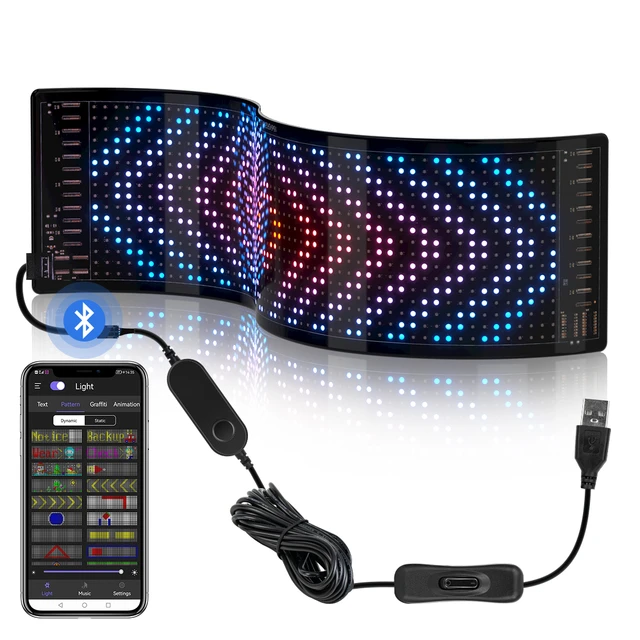 Replacing Fluorescent Tube Lights with LED
Replacing Fluorescent Tube Lights with LED
Replace the fluorescent tube lights with LED tube lights using the following steps.
A. Remove the Fluorescent Tubes: Turn off the power and carefully remove the existing fluorescent tubes from their sockets.
B. Disconnect Ballasts and Starters (if applicable): Depending on the LED tube type, disconnect any ballasts or starters. Follow the manufacturer’s instructions.
C. Install the LED Tubes: Insert the LED tube lights into the sockets, ensuring a secure fit. Ensure the LED tube is compatible with the line voltage and that the pins align properly.
D. Restore Power and Test: Turn the power back on and test the LED tube lights to ensure they are functioning correctly.
Retrofitting CFLs with LED
Replace compact fluorescent lights (CFLs) with LED retrofit kits using the following steps.
A. Turn Off the Power: As a safety precaution, switch off the power to the lighting circuit.
B. Remove the CFL Bulbs: Carefully remove the existing CFL bulbs from their fixtures.
C. Install the LED Retrofit Kit: Follow the manufacturer’s instructions to install the LED retrofit kit, ensuring proper connections and alignment.
D. Restore Power and Test: Turn the power back on and test the LED retrofit kit to ensure it is functioning correctly.
Proper Disposal of Fluorescent Lights
Safely dispose of the replaced fluorescent lights in an environmentally friendly manner.
A. Recycling Centers: Check your local recycling centers or hazardous waste facilities for proper disposal methods for fluorescent lights.
Maintenance and care:
After replacing fluorescent lights with LED lights, the maintenance and care required for LED lights are generally lower. Here are some factors to consider:
Cleaning:
LED lights require regular cleaning to maintain their efficiency and brightness. Unlike fluorescent lights, LED lights do not attract dust or dirt to the same degree. A simple wipe with a damp cloth or mild cleaning solution should be sufficient to keep them clean and free from debris.
Lifespan:
LED lights have a longer lifespan compared to fluorescent lights. While fluorescent lights may need frequent replacement due to their limited lifespan, LED lights can last for tens of thousands of hours. This reduces the frequency of maintenance and replacement.
Safety:
LED lights generate less heat than fluorescent lights. This reduces the risk of overheating and potential fire hazards. Additionally, LED lights do not contain hazardous materials like mercury, making them safer to handle during maintenance or disposal.
Energy Efficiency:
LED lights are known for their energy efficiency, consuming less electricity compared to fluorescent lights. This results in lower energy costs and less frequent maintenance associated with changing bulbs or tubes. LED lights can provide consistent and reliable performance throughout their lifespan.
Dimming and Control:
LED lights often come with dimming and control capabilities, allowing users to adjust the brightness and create different lighting effects as needed. This feature enhances versatility and customization while reducing the need for additional fixtures or maintenance.
Reduced Flickering:
Fluorescent lights may flicker or emit a slight humming sound over time, which can be bothersome and require maintenance. LED lights provide instant, flicker-free illumination, reducing the need for maintenance related to such issues.
Although LED lights require less maintenance compared to fluorescent lights, it is still important to regularly inspect and test them for any functional or performance issues. By following manufacturer guidelines and performing routine checks, you can ensure proper functioning and maximize the lifespan of your LED lights.
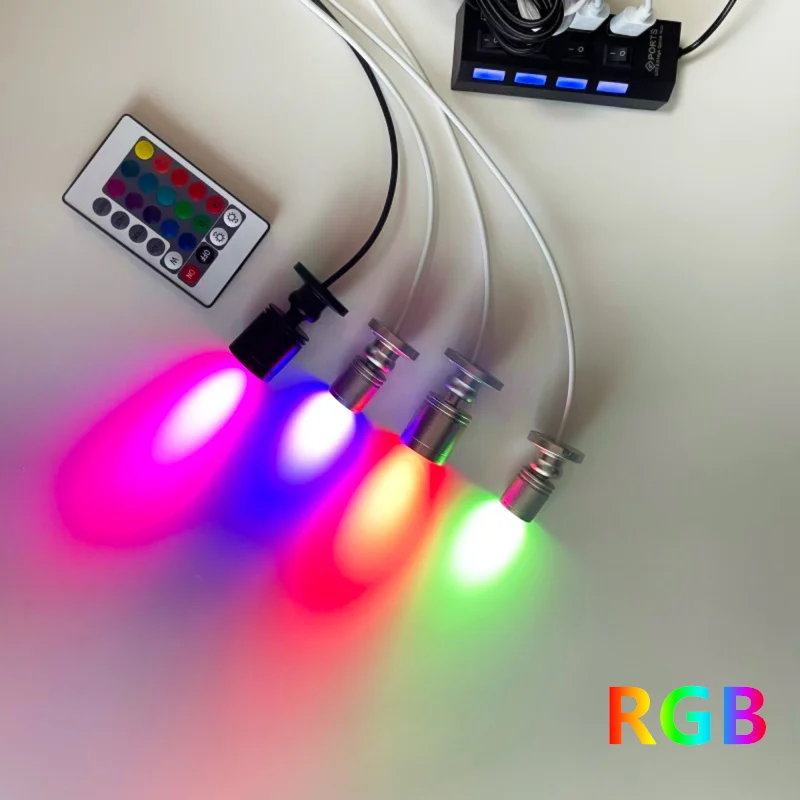 Conclusion
Conclusion
Replacing fluorescent lights with LED lights offers numerous advantages in terms of energy efficiency, longevity, and light quality. By evaluating your existing lighting setup, choosing compatible LED replacements, and following the step-by-step instructions, you can easily transition to LED lighting. Enjoy the benefits of energy savings, improved lighting quality, and reduced maintenance costs as you make the switch to efficient and environmentally friendly LED lights.
